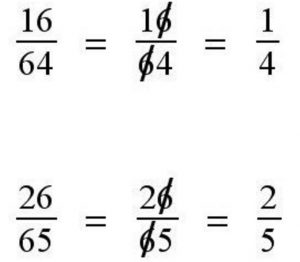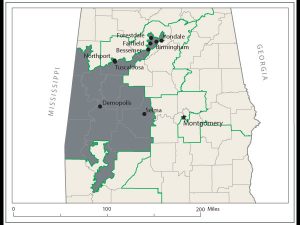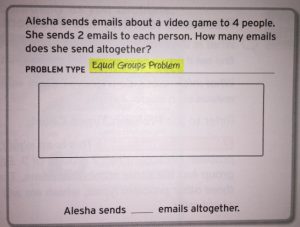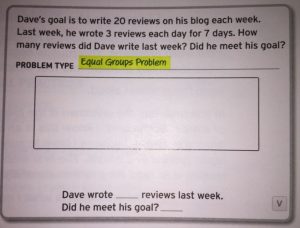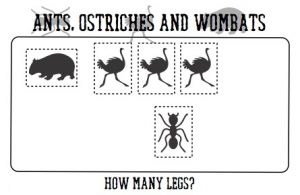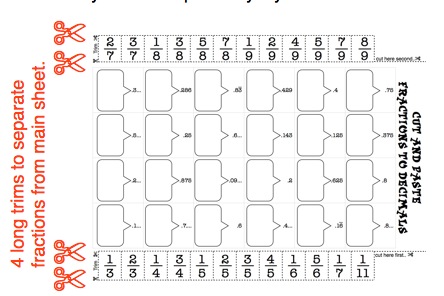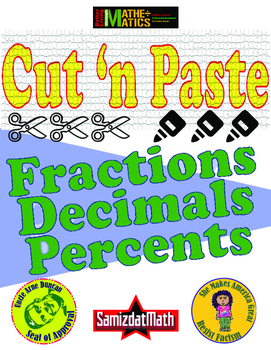I remember one of my earliest memories of teaching math is giving an assignment where 18 had to be divided by 4. A student looked up from his work and stated, “wait a minute, I can’t do this problem. 4 doesn’t go into 18….”
“Well,” I explained, “Actually, 4 is smaller than 18, so it does ‘go in’….”
“No, you know what I mean,” the student continued, impatiently, “it’s going to leave a remainder!”
“Soooooo? What you mean is that 4 does go into 18, it just doesn’t go in evenly.”
My student shook his head and continued on with his work, as if I committed some kind of sacrilegious act of mathematical heresy by having him solve a division problem that didn’t come out evenly. I thought about how limited my student’s knowledge of division seemed to be, and thought I had nothing to do with it.
But I did, because, up to that point, all the division problems in our textbook had come out evenly, so my student (and, no doubt, his classmates) were conditioned to believe that problem with remainders were either incorrectly worded, or that their own answer must be incorrect.
I gave this a long hard thinking and reached the following conclusion: the reality is that most division problems do NOT come out “evenly” and that this should be reflected in the problems we give our students from the very start. In fact, our students should be surprised (or suspicious) when a division problem comes out “evenly,” not the other way around.
Here’s an answer key from a popular site that provides worksheets (name withheld) – it is probably not unlike a division practice activity found in your textbook.

Yikes! A student doing these kinds of problems would get the impression that all long division (which I call “multi-step division” because nobody really agrees on what long division really is….) has no remainders. Now, is that really true?
In the program I direct, we start students on division with remainders from the beginning. We spend a lot of time on interpreting remainders, because, believe it or not, they do matter! The last thing we want is to have a student look at a problem and say, “wait, this doesn’t go into this….”
One of the materials I developed is a set of exercises where a single division situation is given, and the remainder has to be interpreted four different ways. The division problems are “simple,” but depending on the question posed, the remainder can be interpreted in different ways.
Example: spozen you had 28 eggs and you want to put them into cartons that hold a dozen? Depending on the question, it could be 2, 3, 6/7 or 1/3. How so? Well, if the question was “how many full cartons could you fill?” the answer would be 2. If you asked “how many cartons would you need to hold all the eggs?” the answer would be 3. If the question was “What fraction of the eggs will fit into cartons, it would be 24/28 (which simplifies to 6/7) and if you ask what fraction will be left over, the answer is 4/28, which is 1/7th. There are more questions you can ask, but you get the point.
During a recent visit to Munich, I had an inspiration for another activity: in the multi-floor buildings, the individual apartments are not numbered according to location (as in 3A, 3B, which means 3rd floor, apartment A), but sequentially (if there are 20 apartments in the building, it goes 1 through 20.) So the number of the apartment doesn’t tell you which floor it’s on or where it is located.
So here’s the idea: what if you knew the number of floors and the number of apartments on each floor? Using division, you can find the location of each apartment: if there were 20 apartments in the building and 5 on each floor, then you know apartment 5 is on the first floor, 10 is on the second floor, 15 is on the third, etc. But what if the apartment number does not divide by 5 evenly (which it doesn’t most of the time)? Here’s where the remainder is important: if you are locating apartment 6 and you do the division (6 ÷ 5) you end up with 1 r 1; well, the remainder tells you that the apartment is located on the second floor, and not only that, it is positioned on the front left of the building!



